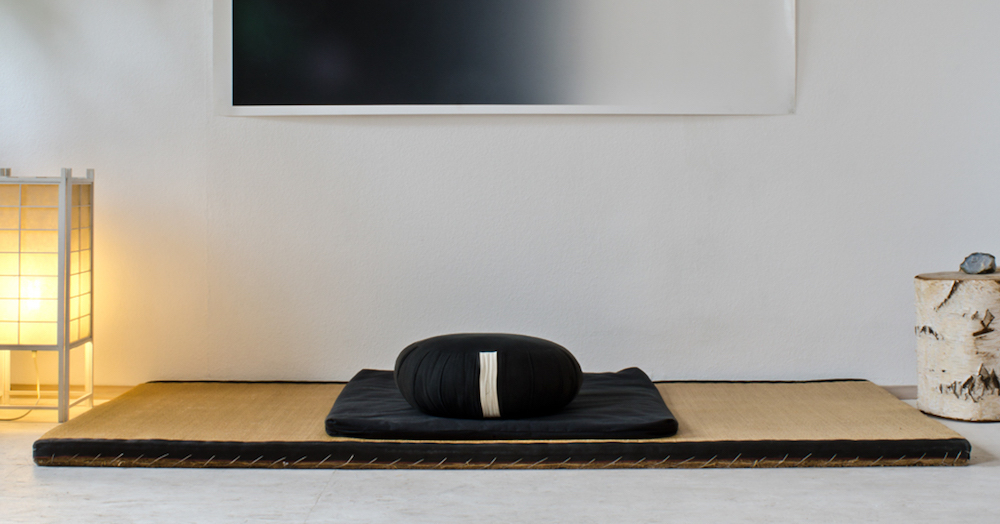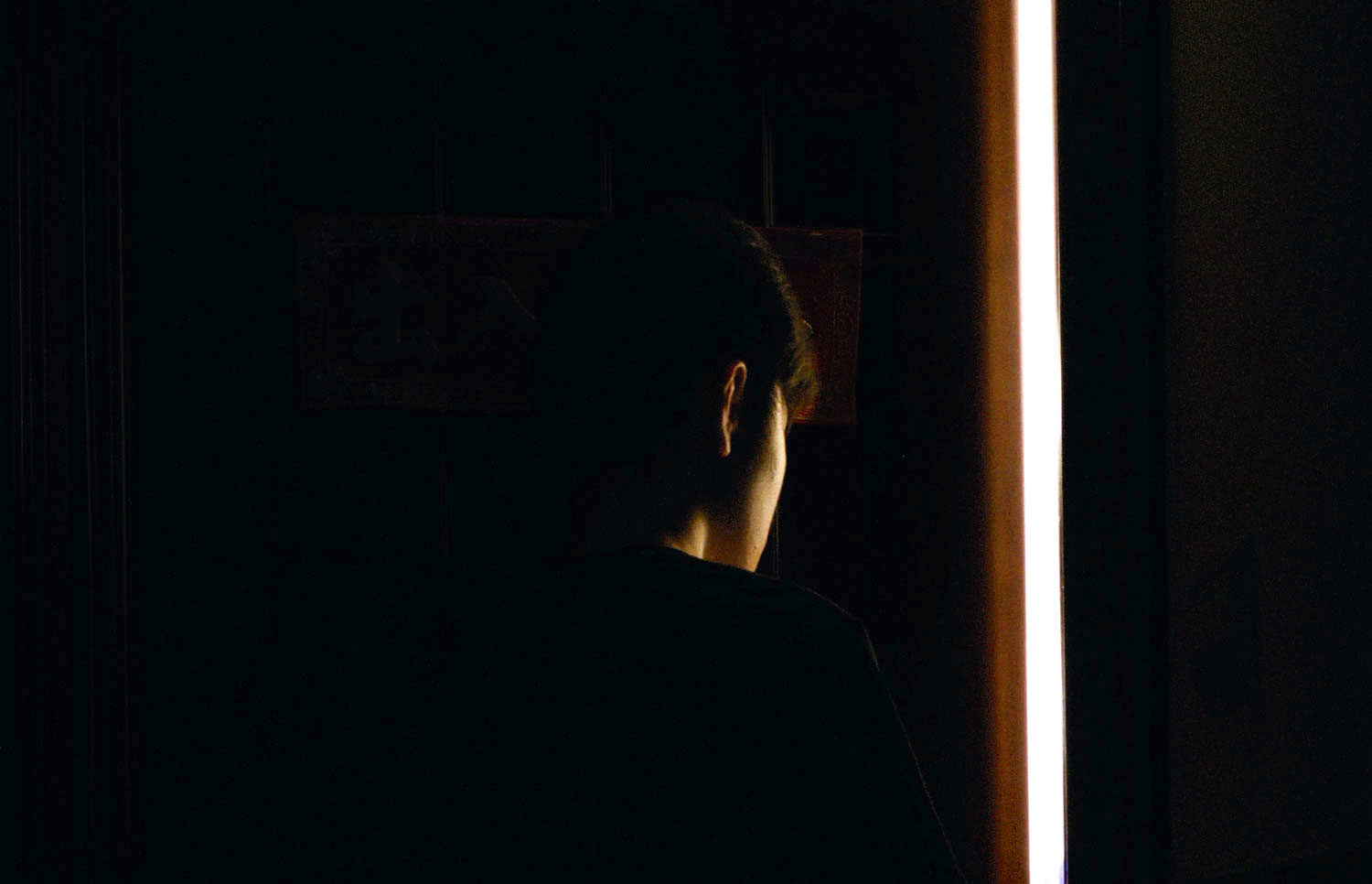Zen Monastic Practices at Home
Is it possible—and necessary—to incorporate Zen monastic practices into our everyday lives? A Zen priest shares his advice. The post Zen Monastic Practices at Home appeared first on Tricycle: The Buddhist Review.

Sometimes folks ask me whether they can, and should, bring Zen monastic practices into their ordinary home, work, and family lives.
Should they stick to strict schedules of ritualized behavior? Must one seek to be mindful and graceful in every step and gesture? Should they chant more during their day and otherwise limit speech or undertake strict vows of silence? Would it be good to take most meals in slow oryoki ceremony, bow to the toilet and sink before each use, sleep on a hard bed, sit zazen for hours on end, and wear only plain robes? Should one disconnect from media and, as much as possible, from all other distractions and worldly concerns?
Certainly, all those practices are powerful, and many are excellent to add to our everyday lives. They can remind us to be more aware of our small actions instead of rushing through life mindlessly, as we often do. Words in gratitude and humility before eating can remind us of the gift of food and all the labors and natural wonders that bring it to our mouths. Bowing to the objects in our home can express our recognition that all are sacred in their own way. Simpler and healthier meals, fewer furnishings and possessions, functional clothes and fewer material concerns impress on us that the real treasures of life are not found in an excess of things. Engaging in less allows us to disentangle from the clutter of ideas and debate that floods our heads and heart, revealing open clarity in its place.
However, in seeking to “live more like a monk,” it is vital not to confuse the outer appearance and forms of ritual life with the wisdom and compassion that such rituals are meant to instill. In other words, don’t confuse the jelly jar for the sweet jelly within. The real fruits of these practices are not about living up to some romantic image of a monk in a temple but about finding the real temple within one’s own heart.
Buddhist wisdom and compassion can be found on the city streets and in the tumult of our family and jobs, not only in wooden temple halls. Where is the Buddha not? Where is the Genjokoan, the koan of this reality right here, not presenting itself endlessly?
***
Thus, I sometimes share these reminders when folks ask me about the integration of monastic practices and everyday living.
On Strict Schedules
A regimented schedule may sometimes be lovely, but one should also know the heart that floats free and at ease amid all the chaotic changes and surprises of life. Even as you run around in the race of places to go and people to see, find what Zen folks call Ichi-go ichi-e: “each single encounter is the one meeting.” Find the stillness within, no matter your running feet. Picking up the kids at school, rushing in traffic to the office, or dashing to light the altar incense are all the same “stillness-running.” In this way, one gets the chores done, though there was never anything to do, nothing ever lacking. The monk, with her daily rituals and schedules, should learn nothing different, for otherwise, she is just in a monastic rat race of her own.
On Silence
It is good not to overtalk or get overly caught up in ideas and words. This is especially true in this age of information overload. But also, know the Silence (capital “S”) that is both all words and ideas and all ordinary worldly silence, the Silence that is present even as babies cry, horns honk, and the TV runs. Chant the old chants at times during the day, but also hear the chant that never ends and does not depend on words. The monk, in silent reflection, learns nothing different. If not, he is a prisoner of babble even in the quiet valley with a still tongue.
On Living Simply
Live more simply, knowing the difference between things you truly need for a healthy and balanced life and the things you crave and chase after as a trend, tire of, and throw away. Even the monk—with their few robes and possessions, released from many mundane obligations—may forget this if they chase after fancier robes or sect promotions and titles as the calling becomes another career.
On Recognizing the Sacred in the Mundane
Bow with pressed palms to ordinary objects, to people, and to any moment of life. Know that one need not bow just to Buddha statues or fellow Buddhists. The sacred place of practice is not only the temple kitchen or Zen hall floors but also your household kitchen and disorganized garage. Cooking and cleaning at home, doing office work, and dealing with difficult people at work are just variations of cooking and cleaning at the temple, balancing the temple books, paying for the temple roof repairs, and dealing with difficult people at the temple.
Whether cleaning and fixing your household goods or temple goods, know the heart of equanimity that leaps through all judgments of clean or dirty, pure or impure, and complete or broken—even as one continues dusting and fixing. The monk who fails to know this very same nonattachment to outcomes and the dropping of opposites is also a prisoner of judgments.
On Zazen
One can sit zazen each day for a time, and we do sit each day as a special doing in which we put all doing down. However, if one becomes caught up in the notion that more is better, that there are points to earn by quantity, and that there is something to achieve, then one will fail to know the clarity and healing found in freedom from all need to attain, fix, fill, and achieve.
Whether sitting long or short, sit for some time beyond all measures of “long or short.” Sit without breaking life down into moments of a ticking clock. Do not fail to sit, sometimes long and sometimes short, but sit every time as timeless. If a monk sits for days on end but is bound to thoughts of depth and progress, he is distancing himself from what is right in hand. If one sits, even just for a moment, knowing this moment as completely this moment, shining as the morning star just shining, sitting just to sit, aware that nothing lacks from this crazy moment, and there is no before or after…then one sits in a moment of Buddha sitting.
***
In such questions, perhaps there is a little jealousy of the monkish lifestyle, which is seemingly free of all the duties and entanglements of modern life. Or maybe there lies a belief that lay practice in the modern city and suburbs is somehow less “real” than what goes on behind temple walls deep in the mountains. However, monks have their own problems, obligations, human entanglements, and feelings. One’s fellow priests are one’s family as much as a spouse, grandparents, and kids. Some note that the Zen monastic environment, far from being a life of peaceful ease amid a community of easygoing fellow seekers, can be a hard grinding stone with its own stresses and tensions, and Zen monks can be as varied and trying in personality and hang-ups as any human beings. The rough stones rubbing together become smooth, the challenges are our koans.
Thus, while the monastic lifestyle is to be celebrated, and those who find their path within its walls are to be honored, we also should not overly romanticize such things or confine Buddha within those walls. The Buddha declared repeatedly that “household life is crowded and dusty,” thus practice at home is “not easy.” But he never said impossible! It, too, is a “life wide open” if the heart is wide open.
As Master Dogen reminds us in Bendowa:
Those who think that worldly tasks can hinder the Buddha Dharma only think there is no Buddha Dharma in worldly things; they do not know that there are no worldly things in the Buddha Dharma.
It is not the outer form that matters but what you find right here.

 AbJimroe
AbJimroe 
































